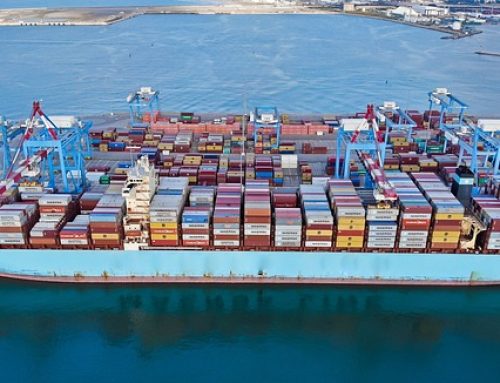December 22, 2022
As part of an upgrade of the bloc’s centerpiece carbon market that seeks to make its economy carbon-neutral by 2050, the countries of the European Union have struck an agreement on the world’s first significant carbon border tax.
After coming to a temporary agreement earlier in the week, EU ministers worked early to complete the Carbon Border Adjustment Mechanism’s details.
The ground-breaking policy increases the price of pollution on some goods into the European Union. The levy is intended to prevent competitors from nations with laxer regulations from undermining the bloc’s carbon-intensive industries, which are required to adhere to stringent emissions standards.
Prior to being applied to other items, the legislation will first apply to iron and steel, cement, aluminum, fertilizers, the production of power, and hydrogen.
Additionally, it discourages EU businesses from shifting their output to more accepting nations, a practice referred to by EU politicians as “carbon leakage.”
Using estimates based on the EU’s own carbon pricing, businesses will be required to purchase certificates to cover emissions caused by the manufacture of goods imported into the EU.
President Joe Biden’s $370 billion climate plan under the Inflation Reduction Act, which EU officials claim will harm European enterprises exporting into the US market, has already caused a rift between the European Union and the United States.
The most recent EU agreement increases funding available for the development of sustainable energy technology in Europe as a nod to the difficulty presented by the Inflation Reduction Act.
Faten Aggad, a senior consultant on climate diplomacy at the African Climate Foundation, cautioned that the EU carbon measure could result in a “rapid deindustrialization” of African nations that export to the European Union.
The EU carbon market will be reformed to reduce emissions 62% by 2030 compared to 2005 as part of a larger agreement reached on Sunday.
The Emissions Trading System (ETS), a carbon market in the EU, already regulates greenhouse gas emissions from more than 11,000 industry and power units as well as from all flights inside the EU, which include about 500 airlines.
Companies obtain or purchase “allowances”—permits for emissions—which can then be exchanged. The European Union’s attempt to become the first continent to be carbon neutral depends heavily on the ETS, which was expanded to include shipping on Sunday.
The number of free emissions allowances will gradually decrease between 2026 and 2034 as a result of the most recent revisions. The Carbon Border Adjustment Mechanism will also gradually go into effect at this time, preventing domestic businesses from being undercut by overseas rivals.
After nearly 30 hours of discussions, negotiators also decided to begin a new carbon market for transportation and heating fuels in 2027, with the option to postpone that date by one year if energy prices stay high.
Source: CNN
Legal Notice: The information in this article is intended for information purposes only. It is not intended for professional information purposes specific to a person or an institution. Every institution has different requirements because of its own circumstances even though they bear a resemblance to each other. Consequently, it is your interest to consult on an expert before taking a decision based on information stated in this article and putting into practice. Neither Karen Audit nor related person or institutions are not responsible for any damages or losses that might occur in consequence of the use of the information in this article by private or formal, real or legal person and institutions.






